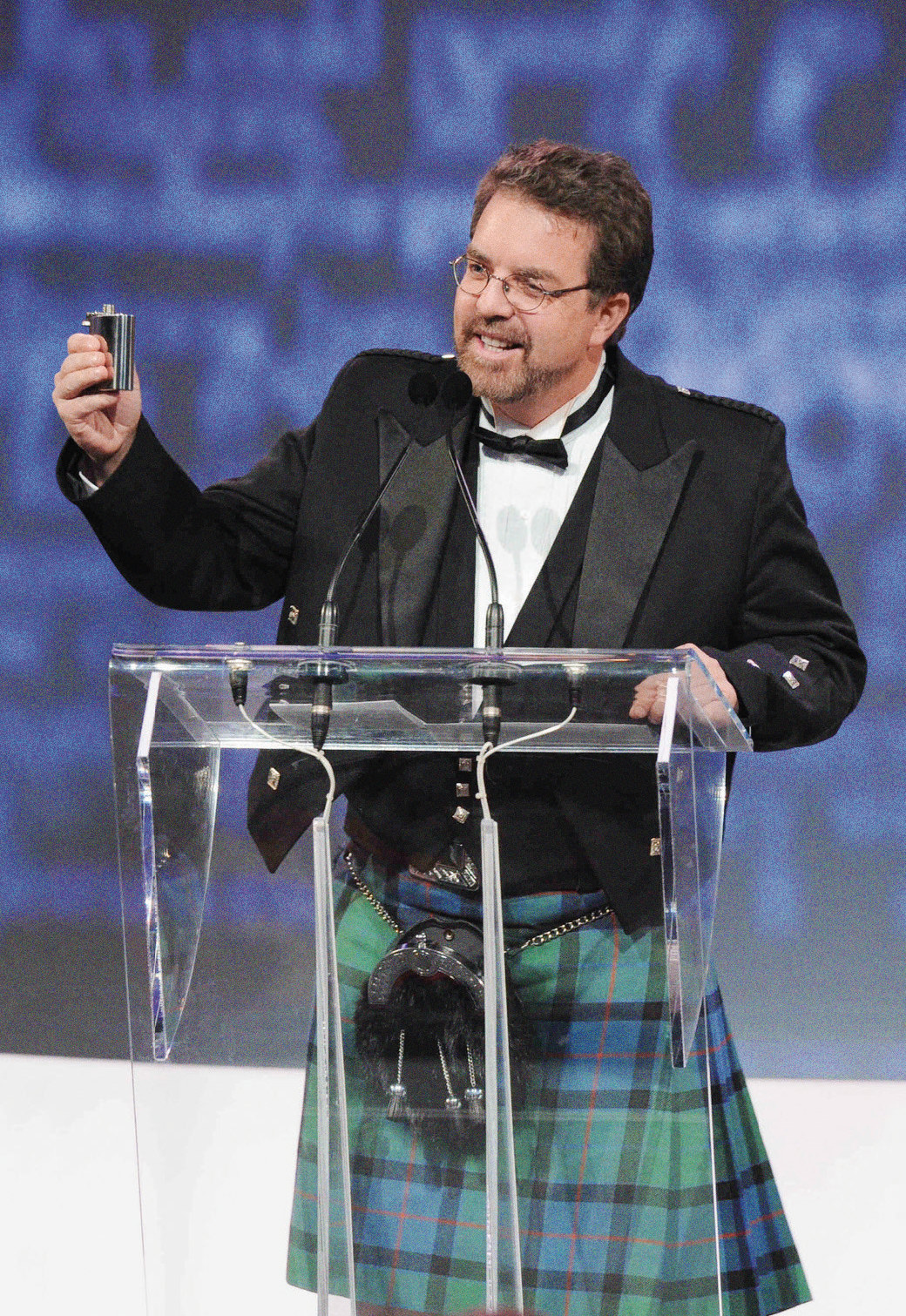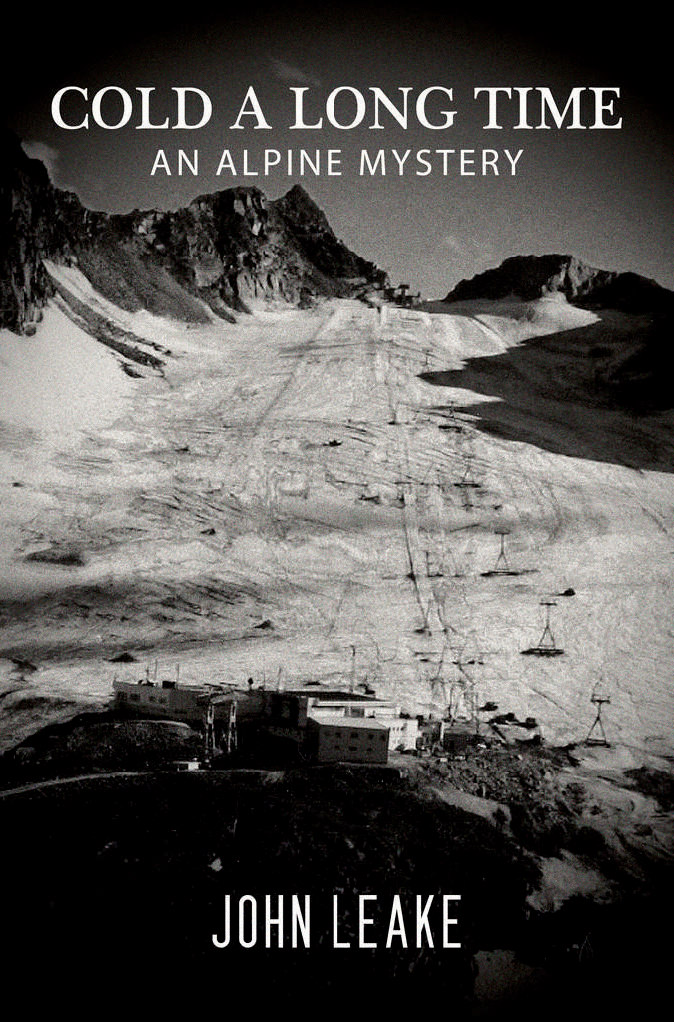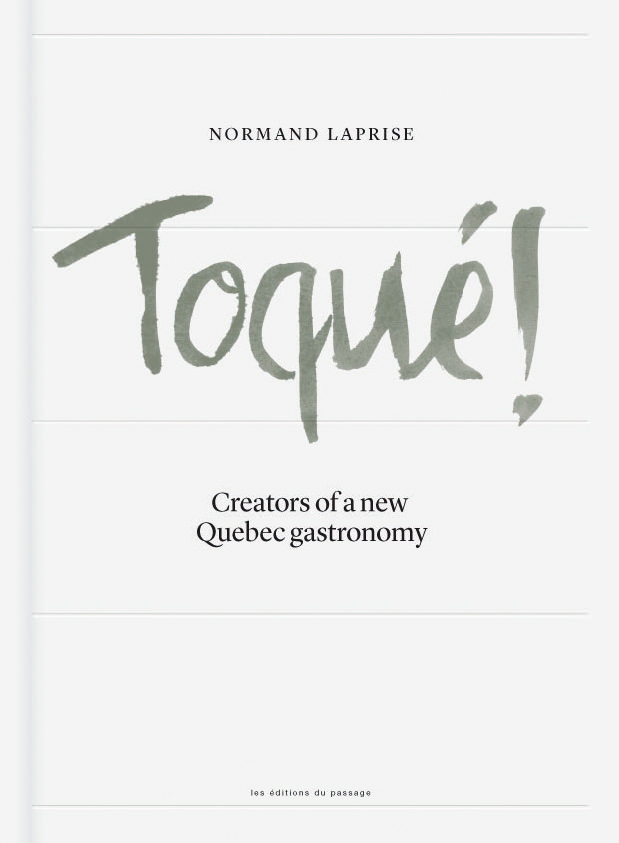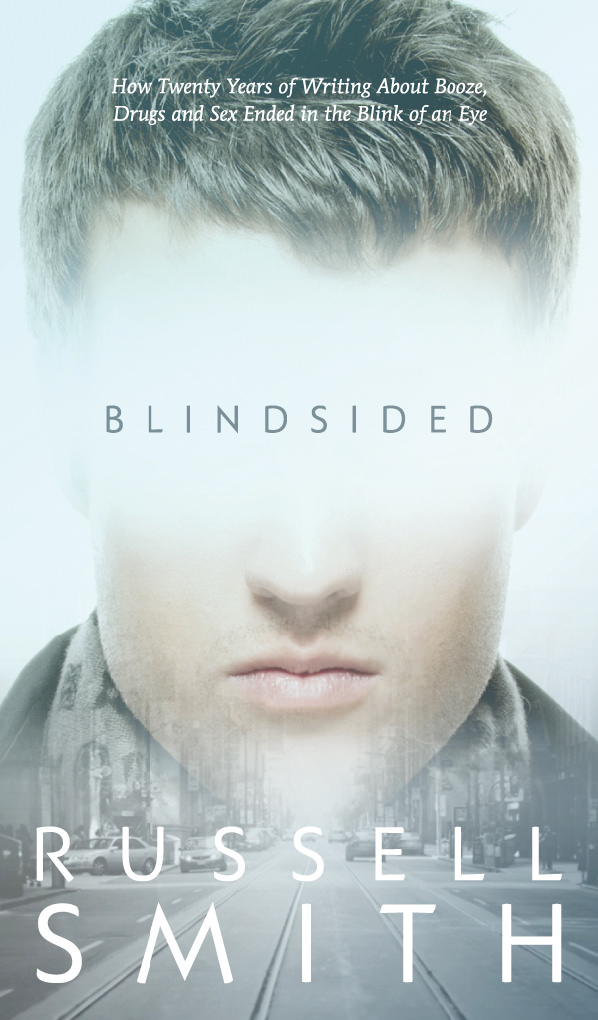Best New Books From Winter
Must reads.
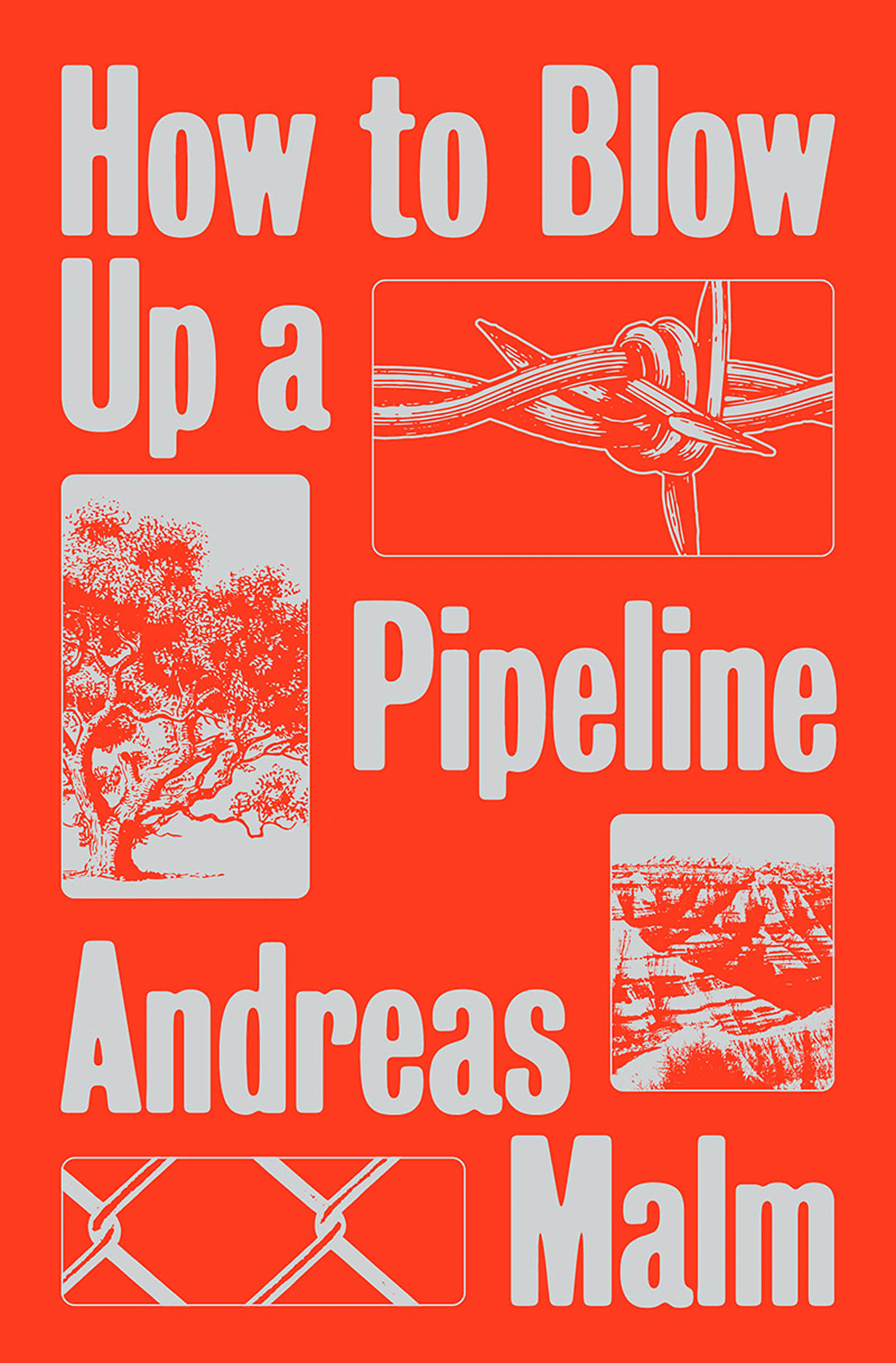
How to Blow Up a Pipeline by Andreas Malm
Naomi Klein has hailed noted professor of human ecology Andreas Malm as one of the most original thinkers on the subject of climate change—and his new book, How to Blow Up a Pipeline: Learning to Fight in a World on Fire, is explosive.
A brazen, intelligent, but deeply accessible manifesto, Pipeline’s 208 pages are full of lasting impact. Drawn from decades of personal experience on the front lines of environmental activism and a wealth of scholarly knowledge, Malm’s insights are instructive for those looking to make effective change in the face of ever-climbing summer heat, increasing natural disasters, and escalating alarm bells from the United Nations.
Evaluating the strategies of key social campaigns, including the American civil rights and the suffragette movements, Malm reveals the crucial role sabotage played in each. But How to Blow Up a Pipeline is not just a strategic look at the past; he persuasively argues for activists to take up sabotage today. How to Blow Up a Pipeline cuts through listlessness and despair, laying out direct actions that can lead to effective change. It is a galvanizing and pertinent read: we still have time and the power to act, to undermine, to fight.
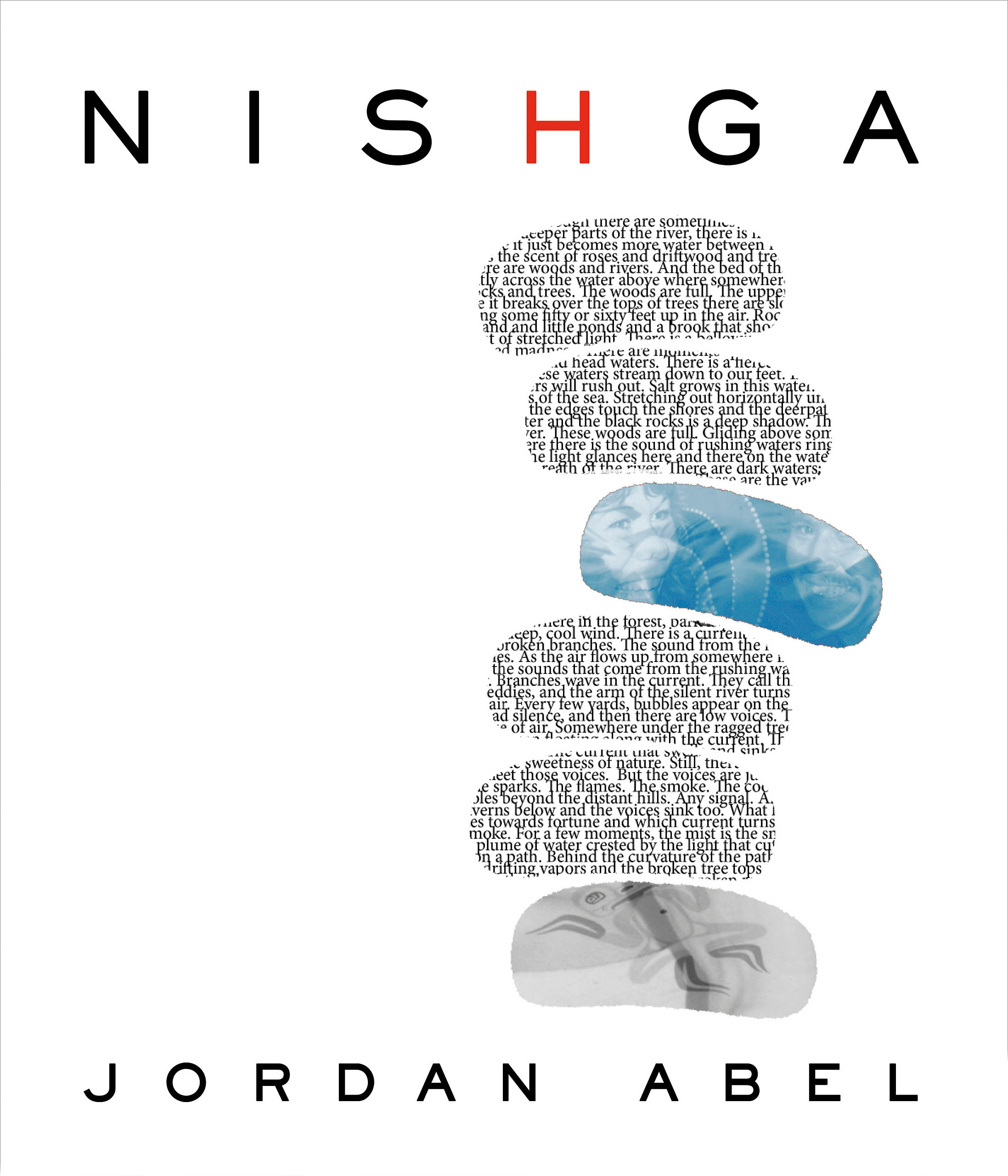
Nishga by Jordan Abel
Jordan Abel’s fourth book, Nishga, is a collage of poetry, memoir, and art. Abel, a winner of the Griffin Poetry Prize, is known for playing with shape and structure, and in Nishga he wrestles with how colonialism and colonial writing mould inhabitants. An intergenerational survivor of Canada’s residential school system, Abel guides readers through court documents, historical and legal testimonies, and Indigenous and colonial authors, weaving them together with his own poetry, visual art, and memories. He is both vulnerable and incisive as he maps his relationship to his heritage and his estranged father, and how colonial trauma reverberates through one’s genealogy. With particular attention to the position of urban Indigneous peoples, he asks how we inherit, qualify, and legitimize our histories, our identities, and our cultures.
In one of Nishga’s most striking explorations, Abel combines his poetry, his father’s artwork, and photographs from his childhood. The result is a moving meditation on estrangement and inheritances, and Abel’s position as an Indigenous artist and son. Engaging, richly textured, and exceptionally beautiful, Nishga cements Abel as a generous teacher and artist—and an exceptional poetic talent.

